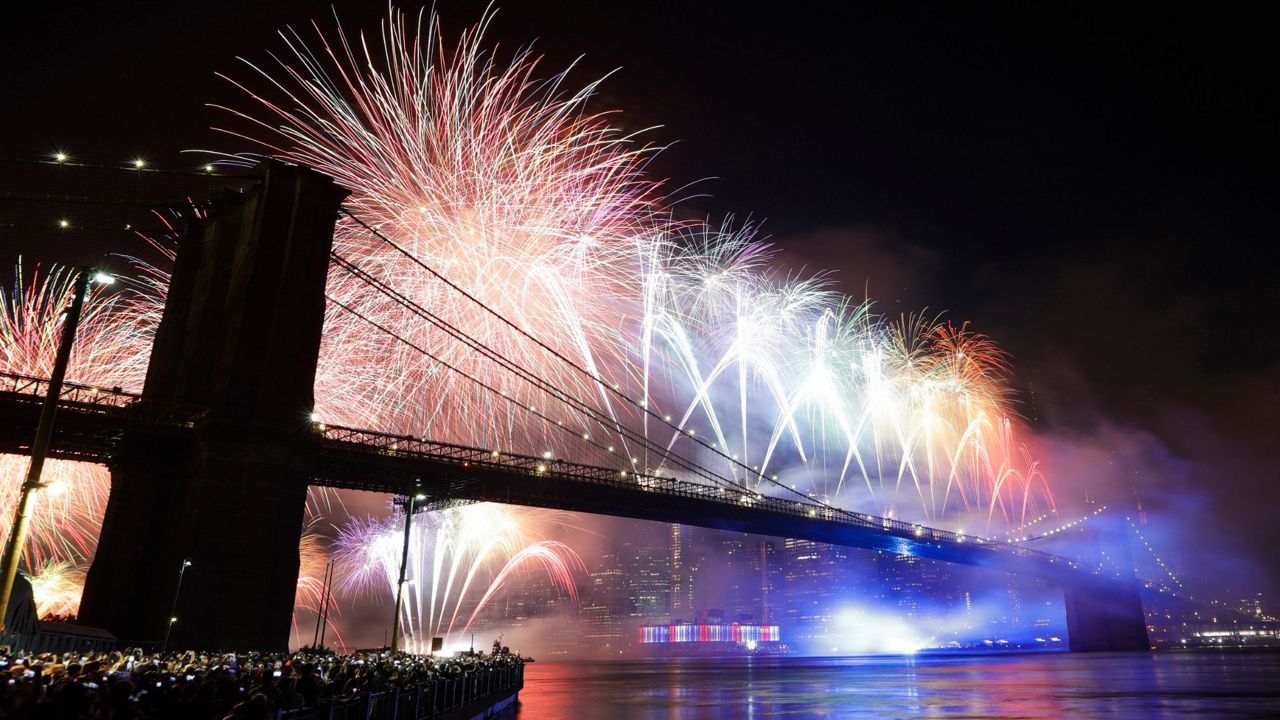The nightly fireworks blasting overhead and bombarding New Yorkers’ ears may also be sending lung-damaging smoke into the air we breathe, a new study shows.
The traditional Fourth of July spectacle — which Macy’s has extended this week to a multi-day display— pushes lead, copper and other harmful toxins into the air, according to researchers from the NYU Grossman School of Medicine.
“Our results suggest that inhaling firework smoke may cause longer-term damage,” NYU Professor Terry Gordon, who wrote the study, said. “[It’s] a risk that has been largely ignored.”
To complete his study, Gordon said he blasted Black Cuckoos, Color Changing Wheels and Blue Storm firecrackers in an NYU lab chamber and then exposed mice and human lung cells to the smoke.
Prolonged exposure inflamed the mice’s lungs and forced lead and copper into the cells, the study shows.
Researchers also found high levels of toxic metals lingering in the air near places with big Independence Day and New Year's Eve celebrations and harmfully high lead levels in two of the 12 common firework brands, the study shows.
“Although people are only exposed to these substances for a short time each year, they are much more toxic than the pollutants we breathe every day,” Gordon said.
The study, published Wednesday in the journal Particle and Fibre Toxicology, comes as New York City grapples with a nightly onslaught of illegal fireworks that has critics questioning Mayor Bill de Blasio’s decision to mount a Macy’s fireworks display.
New York City will see this week several shorter shows across the five boroughs; more specific locations aren’t being announced to prevent crowding amid the coronavirus pandemic.
On July 4, the displays will culminate with a live finale that will be broadcast at the Empire State Building.



